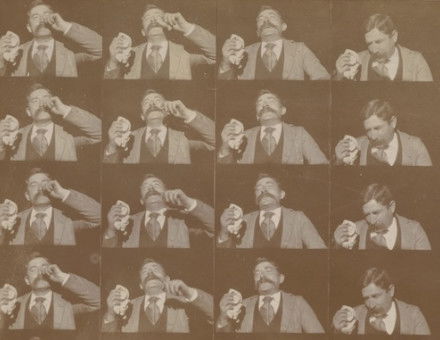Digging into a Decade: the 1930s
Juliet Gardiner explains why her new book examines a short period of the 20th century and how she attempts to achieve a panorama of experiential history that gives readers a real feel for a slice of time.
What constitutes a historical subject, how can it be defined and what possibilities and limitations does a particular frame impose or allow? There are histories that everyone is conversant with through long usage: the English Civil Wars, the French Revolution, the Black Death, the Reformation. Book titles, exam topics, university special subjects, Jackdaw facsimile packs and, in many cases, Horrible Histories now cover these periods. They are neat containers, but of course represent less than half the story. No boundaries are fixed, every subject is capable of – and benefits from – expansion, dissection and rethinking even if this leads sometimes to dismissal. Contexts, causes, consequences, adjacencies, all pull apart the tidily tied packages.
So how do historians decide what they are going to lasso to set up as their parameters? There are so many determinants, including intellectual curiosity, new discoveries, sudden topicality, the availability of sources, a developing subject, funding possibilities, opportunities for collaboration, time, place, publisher interest.





